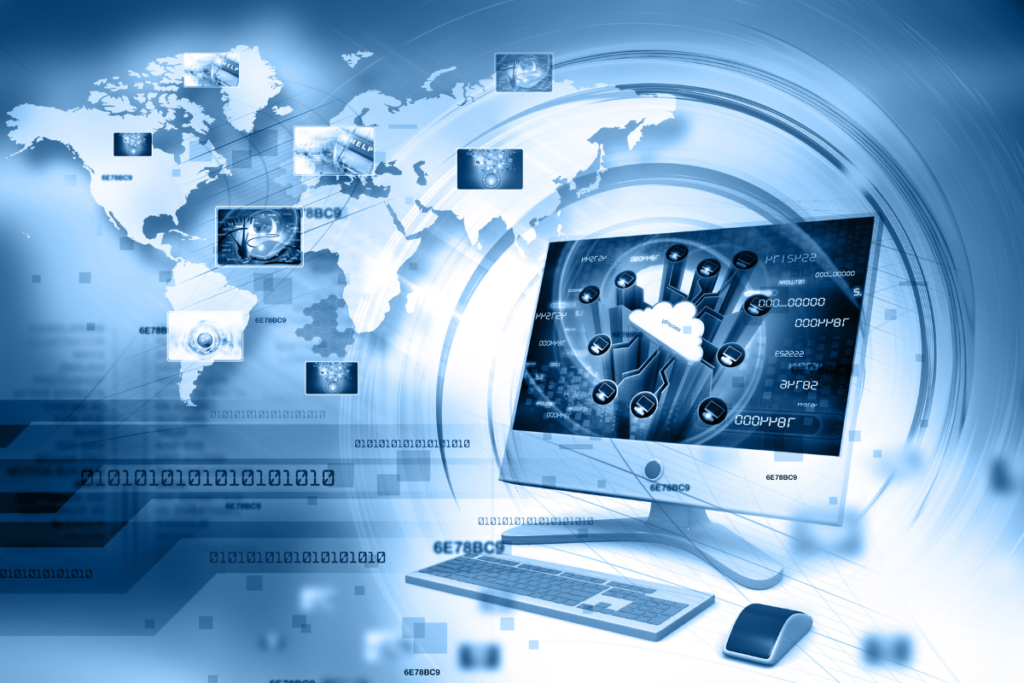The digital revolution is changing the way we live, work, and play, driving a hotbed of innovation in consumer tech. In this article, explore its provenance and influence today, as well as trends that will affect the next level of devices. The evolution of the tech ecosystem ensures that a better and more connected experience is just on the horizon.
How the Digital Revolution Began and Its Impact
This section traces the digital revolution from the early breakthroughs in computing to the smart ecosystems of today. Find out how inventions like the transistor, the personal computer, and the internet led to modern-day consumer technology. That history of digital revolution will give you context for how to appreciate the pace of innovation and the milestones that drove us toward the transformation of daily life.
- 1947: Invention of the transistor spurs miniaturization.
- 1970s–80s: The personal computer democratized computing power.
- 1990s: The computer and the internet changed the game.
- 2000s: Mobile tech and broadband connect all of us all of the time.
- 2010s: Cloud computing and AI unleash new power.
When we look at these key moments, we see how each stage of the digital revolution builds on the one before it.
Importance of Digital Revolution in Modern Life
Until now, we have seen the digital revolution primarily as an enabler of efficiency, productivity, and connectivity throughout the value chain. Digital tools have been critical to productivity and engagement in sectors from health care to the entertainment industry. Here, this section explains the potential changes in daily operations, commercial paradigms, and international cooperation.
Healthcare: Telehealth and wearable sensors deliver better health outcomes.
Education: Online learning systems provide access to education on a global scale.
Workplace: Remote collaboration tools facilitate flexible, distributed teams.
Entertainment: The streaming services and interactive media change the way we consume content.
Commerce: E-commerce and digital payments ease transactions.
These cases are an increasingly clear indication that the digital revolution is happening, and to still be a part of it as an individual or an organization is pivotal in a data-driven age.
The Four Phases of Tech Evolution Impacting Consumer Devices
And for anyone trying to forecast the next generation of consumer gadgets, these tech evolution phases offer useful insights. Here, we explore three grand waves of innovation— mobile, connected, and intelligent devices — as they become the successive human enablement and train our future evolutions.
- Mobile First: The smartphone made computing pervasive.
- The Internet of Things: Devices in homes, cars, and on the body connect to the internet.
- Intelligent Systems: AI‑powered assistants and edge computing deliver personalized experiences.
Little by little, the digital revolution is still moving toward a day when technology will be not only connected but truly ecosystems of intelligence where we are liberated from pain and effort.
Emerging Trends Driving the Digital Transformation
Here, find out about emerging breakthroughs poised to inform the future of consumer tech. Extended reality and 5G, decentralized computing, and more will change the way we connect and bring to life new worlds to explore. Stay ahead by understanding how those technologies cluster to deliver richer experiences.
- 5G Networks: It supports super low latency, which helps build immersive AR/VR solutions and real-time data streams.
- Extended Reality: A group of technologies combining the real world with computer-generated output for training and entertainment.
- AI & Machine Learning: On-device intelligence for predictive assistance and personalization
- Decentralizing the Web: Privacy and resilience of edge computing and blockchain more.
- Wearable Health Tech: A continuous monitoring system pushes for preventive health.
These innovations suggest that the digital revolution has yet to be completed, still replete with possibilities.
Mastery and Opportunity for Growth
No transformation comes without its challenges. This section addresses core issues, such as data privacy, the digital divide, and cybersecurity, associated with the digital revolution. It also raises the prospects for responsible innovation, regulatory safeguards, and inclusive design, making technology a force for good for all users.
- Data Privacy: Balancing personalization with user consent.
- Cybersecurity: Ensuring connected devices are secure from attack.
- Digital Equity: Ensuring access in underserved communities.
- Sustainability: Containing e-waste and energy use.
- AI for Good: Responsible use of AI for social good.
How these issues are addressed will determine the shape of the digital revolution going forward responsibly.
Conclusion
For decades, the digital revolution has reshaped the world around us in every imaginable way. Its next chapter will be even more mind-boggling. This allows them to leverage the technology as a tool for improved productivity, creativity, and connectivity by recognizing its past, understanding its role, and accepting the trends shaping the future. Be ready for a future where every device knows what you need before you do.

